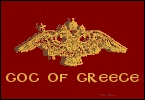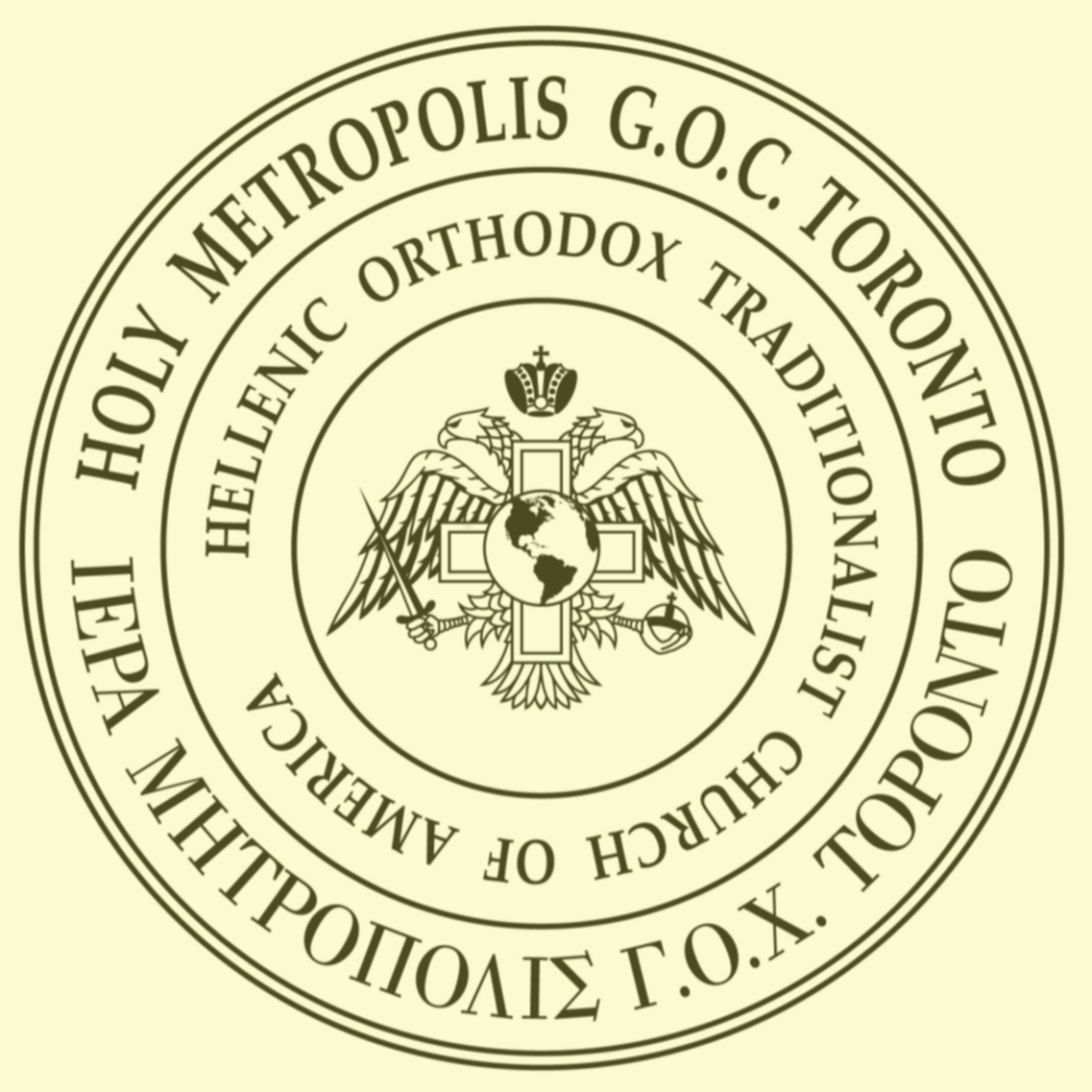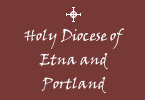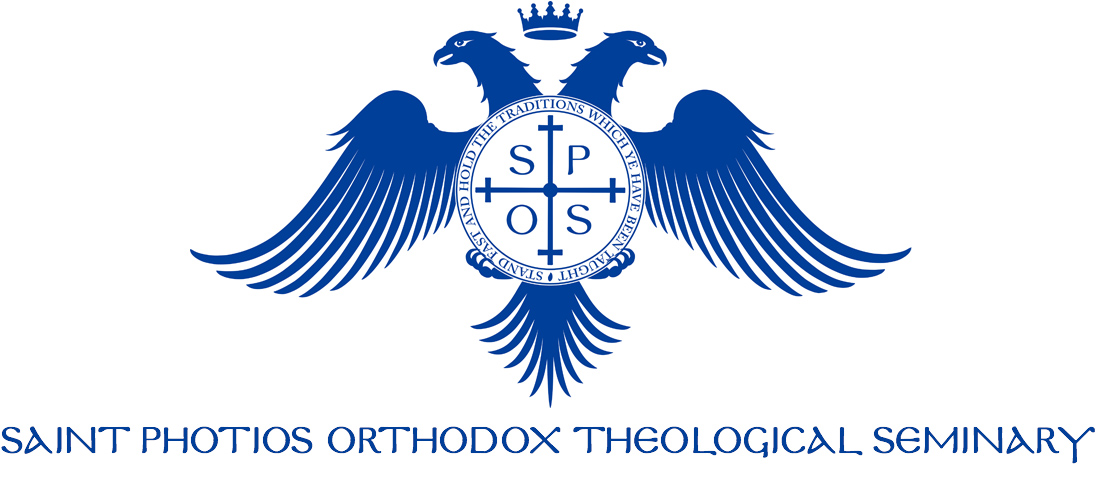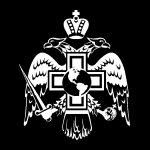Two-Headed Snake Cane?
- Details
- Created on Wednesday, 23 December 2009 18:38
Q. Can you tell me what the two-headed snake cane the Greek Bishop is walking with represents? What does it mean?
-V.T.
A. The item to which you referred is properly called a bishop's Pastoral Staff or Crosier (in Greek, paterissa), and is a symbol of the bishop's authority and jurisdiction. It is actually not topped with a double-headed snake, but rather two snakes intertwined. This symbolism comes from the bronze serpent that God commanded Moses to construct in the Old Testament:
8And the LORD said unto Moses, Make thee a fiery serpent, and set it upon a pole: and it shall come to pass, that every one that is bitten, when he looketh upon it, shall live. 9And Moses made a serpent of brass, and put it upon a pole, and it came to pass, that if a serpent had bitten any man, when he beheld the serpent of brass, he lived. (Numbers 21:8-9).
The snakes represent the enemies of the Church, and the Cross symbolizes the authority that Christ has given to the bishop to guard his flock. As such, it is a powerful reminder of his role as the chief guardian of the faith in the local Church.
Submit your own questions to This email address is being protected from spambots. You need JavaScript enabled to view it..
Orthodox Awareness
The Message of Patriarch Theodore of Alexandra Upon the Feast of Ramadan
The “Father of Fathers, the Thirteenth Apostle and the Judge of the World (as his pheme states), Pope and Patriarch of Alexandria, Theodore sent a message to the Muslims of Egypt upon the feast of Ramadan. It is as follows:
“The most sacred month of the Islamic calendar, the chief month of personal worship and great awareness of the Divine for every faithful Muslim ends today with the festive, joyous season of Eid al-Fitr. Read more...
Missions
Saints Peter and Paul Orthodox Mission, Tucson, Arizona
Saints Peter and Paul Orthodox Church is a beautiful mission parish near downtown Tucson, a city in southern Arizona. It was started in 1997 by Father John Bockman, who was a missionary Priest formerly serving missions in Tennessee and Massachusetts since 1990. Father John served the faithful in Tucson and the surrounding area in his home Chapel until his repose in November of 2000. His wife, Presbytera Valerie, continued to make her home Chapel available for the mission, with clergy from Saint Nectarios Orthodox Church in Seattle and His Eminence, Metropolitan Moses of Toronto (then of Portland), visiting to provide the Divine Services.
Read more...Youth
2025 Youth Conference
Please join us for the 2025 youth conference in Toronto, Ontario, Canada! To learn more, visit the conference website.
Ask A Priest
Morning and Evening Prayers
Q. Are the prayers in the blue prayer book [A Prayerbook for Orthodox Christians by the Holy Transfiguration Monastery —ed.] compulsory for everyone? I mean their morning prayers and the service of Small Compline. My confessor gave me a special rule but wasn’t clear about whether this replaced the book prayers or was in addition to them. Read more...

